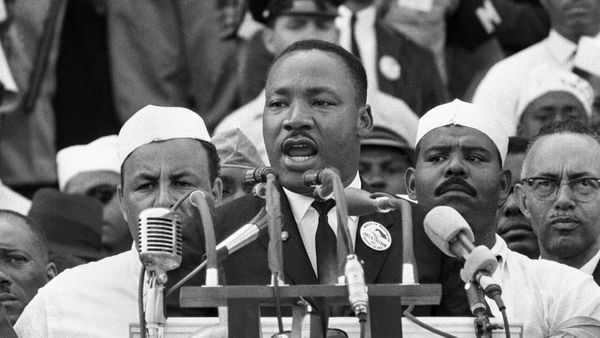
The UK’s ruling Conservative Party has named Liz Truss as the country’s next prime minister.
The 47-year-old politician assumes the top job in a challenging economic period, with skyrocketing energy bills, a weakening economy and inflation at a 40-year high.
Truss is expected to announce plans on how she aims to tackle rising energy costs within a week, with the potential for a freeze on energy bills.
She has alluded to spending billions of pounds to navigate households and small businesses through the cost-of-living crisis.
It comes as forecasts for inflation have been revised higher, with the potential for it to hit 22.4 percent next year if gas prices remain high, according to investment bank Goldman Sachs.
Truss becomes the 15th prime minister to serve under Queen Elizabeth II who celebrated 70 years on the throne this year.
The infographic below shows how the Retail Prices Index (RPI) – a measurement used to calculate the cost of living – has changed during the past 70 years.
Historical periods of higher inflation in the UK included in the early 1970s when Conservative Edward Heath was the country’s prime minister.
At the time, the UK was in economic decline which led to the country joining the European Economic Community (EEC) in 1973.
In the early 1970s, higher wages enabled by strong trade unions led to higher inflation. Miners’ strikes in 1972 and 1974 also led to a U-turn in Heath’s economic policies.
Thatcher era
Other periods of high inflation include the early 1980s when Margaret Thatcher was the prime minister.
She came into the role with a mandate to tackle inflation and curb the power of trade unions.
Thatcher led the shift from state-controlled institutions to privatisation. The government at the time raised interest rates leading to the early 1980s recession and a rise in unemployment.
Another inflation peak in the early 1990s was during the tenure of Conservative Prime Minister John Major.
To tackle high inflation at the time the government joined the Exchange Rate Mechanism (ERM) in 1990. However, after joining the ERM, the UK economy began to slow down, making it difficult to maintain the value of the pound, which ultimately led to Black Wednesday, when the UK left the ERM and the sterling collapsed.
Current inflation has been driven by the high energy prices spurred by Russia’s all-out war in Ukraine, which has caused large increases in the price of gas.







